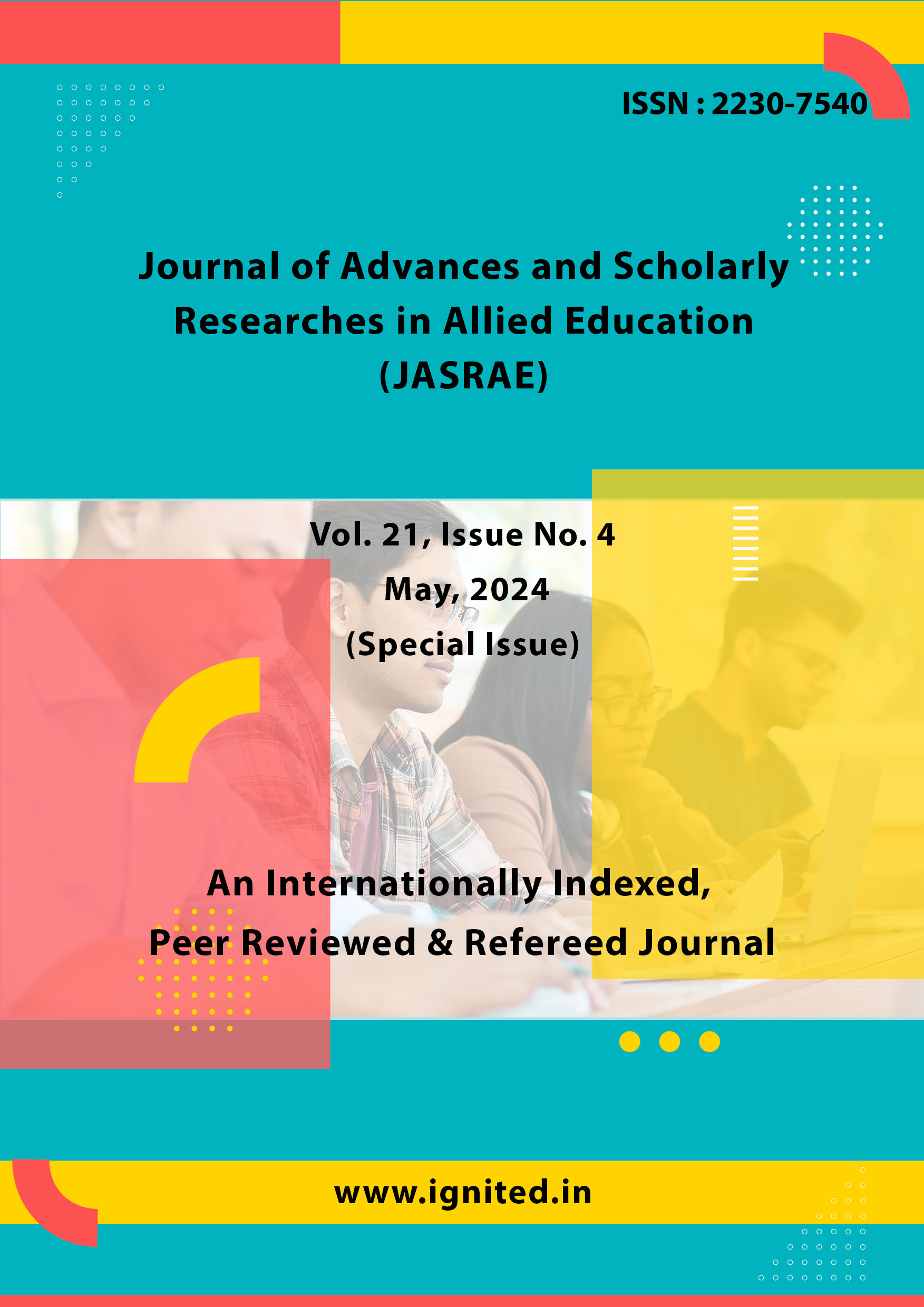Experimental investigation for RCC structural element using the sustainable material like Fly ash and Rice husk ash.
Keywords:
Rice Husk Ash, Fly Ash, Compressive Strength, Pozzolanic materiaAbstract
Both the strain capacity at fracture and the tensile strength of unreinforced concrete are low. Traditionally, concrete has been strengthened by adding rice husk ash (RHA) to address these deficiencies. It is commonly recognized that Aggregate mixtures are heterogeneous in concrete, water, and cement. To create the desired properties in concrete, a variety of sustainable ingredients are added, including rice husk ash and fly ash. Proper component proportioning, mixing, and compacting are essential for producing strong, long-lasting concrete. A thorough experimental examination will be conducted to examine the impact of partially replacing cement in concrete with rice husk ash. Ash made from burning rice husks is an agricultural waste product with a high degree of reactivity. A by-product of the agriculture sector, rice husk ash (RHA) has a high silicon dioxide (SiO2) content. An effort was made to figure out the ideal burning temperature and duration. The ideal combination, according to the results, is 650 degrees Celsius and a burning time of 60 minutes. Afterwards, a number of tests were run to ascertain the characteristics of concretes with the ideal RHA.
References
Mimo Das, Arpan Mukhopadhyay, “Comparison of the Strength Properties of Concrete Using Fly Ash & Rice Husk Ash as a Partial Replacement of OPC” International Research Journal of Engineering and Technology (IRJET), e-ISSN: 2395- 0056, p-ISSN: 2395-0072, Volume: 08 Issue: 08 | Aug 2021, PP 245-251
Rinki .K. Khot, R. S. Deotale “To Study The Partial Replacement Of Cement By FA & RHA In Concrete” IOSR Journal of Mechanical and Civil Engineering (IOSR-JMCE) e- ISSN: 2278- 1684,p-ISSN: 2320-334X, Volume 11, Issue 2 Ver. II (Mar- Apr. 2014), PP 61-68
Satish D. Kene, Pravin V. Domke, Assessment of Concrete Strength Using Fly ash And Rice Husk Ash International Journal of Engineering Research and Applications (IJERA) ISSN: 2248-9622 Vol.1, Issue 3, pp.524-534
V. Kanthe*, S. Deo, M. Murmu, “ Combine Use of Fly Ash and Rice Husk Ash in Concrete to Improve its Properties”, International Journal of Engineering, Vol. 31, No. 7, (July 2018) 1012-1019.
Alireza Naji Givi & Suraya Abdul Rashid, “Contribution of Rice Husk Ash To The Properties of Mortar And Concrete”, [Journal of American Science 2010;6(3):157-165]. (ISSN: 1545- 1003).
Ettu L. Et.al. “Strength variation of OPC-rice husk ash composites with percentage rice husk ash” Int. Journal of Applied Sciences and Engineering Research, Vol. 2, Issue 4, 2013
Godwin A. Akeke & Maurice E. Ephraim, “Structural Properties of Rice Husk Ash Concrete”, International Journal of Engineering and Applied Sciences May 2013. Vol. 3, No. 3 ISSN2305-8269.
James S. Fabiyi et al, “Suitability of Portland Cement and Rice Husk Ash Pozzolan Systems for Cement Bonded Composites Production”, J. Mater. Environ. Sci. 4 (6) (2013) 848-854 ISSN: 2028-2508 Coden: JMESCN 848.
Ramezanianpour & M. Mahdi Khani, “The Effect of Rice Husk Ash on Mechanical Properties And Durability Of Sustainable Concretes”, International Journal Of Civil Engineering. Vol. 7, No. 2, June 2009
Archana Katroliya, Archana Tiwari, “The Effect Of Rice Husk Ash And Fly Ash Used As Supplementary Cementing Material on Strength of Mortar And Concrete”, International Journal of Engineering Research & Technology (IJERT) Vol. 2 ISSUE 12, December – 2013









